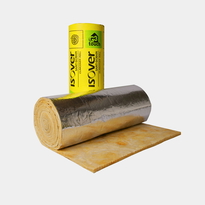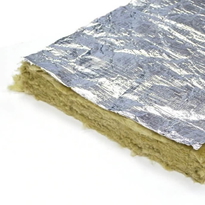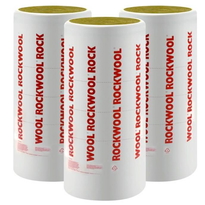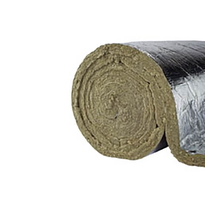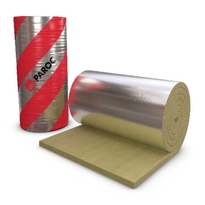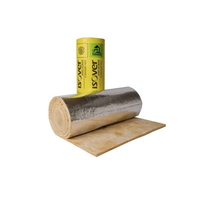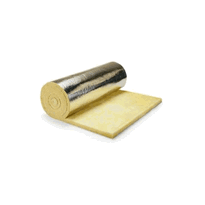Water Heater Insulation
Insulating a water heater involves adding specialized foam or blanket insulation around the tank and piping to reduce heat loss, improve energy efficiency, and extend the device's lifespan. Proper installation requires measuring the tank accurately, selecting materials with a low K-value, and sealing edges with durable tape to ensure an airtight fit.
Regular maintenance checks are essential to sustain optimal performance. Continue exploring these steps to maximize the benefits of insulation and optimize your water heater’s efficiency.
Understanding the Benefits of Insulating Your Water Heater
Insulating a water heater offers several practical benefits that enhance both its efficiency and its lifespan. It helps to reduce heat loss from the tank and pipes, allowing the water to stay warmer for longer periods, which ensures a more consistent supply of hot water. [Most modern water heaters do not require extra insulation.](https://callthechamps.com/should-you-insulate-water-heater/) Additionally, insulation provides weather resistance, particularly for older models with higher thermal resistance values, enabling them to withstand winter conditions without needing extra protective measures. Installing insulation blankets is a straightforward process and can typically be undertaken by homeowners with basic DIY skills, making it an accessible upgrade. Beyond maintaining an ideal temperature, insulation minimizes thermal stress on the tank, reducing the risk of damage and contributing to an extended lifespan for your water heater. By offering a simple, durable solution, insulation improves both the performance and reliability of your water heating system. It's a practical investment for households seeking to optimize energy efficiency, reduce costs, and prolong the life of their water heater.
How Insulation Enhances Energy Efficiency and Saves Money
By reducing the amount of heat that escapes from the tank and its fittings, proper insulation significantly improves the energy efficiency of water heaters, leading to noticeable reductions in electricity or gas consumption. Insulating the tank minimizes standby heat loss, which can increase annual efficiency by approximately 6 to 8% for electric models.
Using insulation with a high thermal resistance, such as a K-value of 0.35 or lower, maximizes energy conservation. Insulating nearby hot and cold water pipes further decreases heat loss.
Additionally, placing a foam board beneath the tank on a concrete slab reduces heat transfer from the bottom. This combination of measures not only lowers operational costs but also supports environmental sustainability by decreasing energy demand.
For reliable sealing of insulation and connections, using a durable, stretchable tape such as Gerband 586 can ensure and long-term performance. Maintaining appropriate insulation levels offers long-term savings and enhances overall performance for homeowners seeking cost-effective and energy-efficient solutions.
Tips for Installing and Maintaining Your Water Heater Insulation
Proper installation and ongoing maintenance of water heater insulation rely on careful preparation and adherence to detailed procedures. To ensure safety and optimal performance, please follow these key steps:
1. Turn off the water heater, whether electric or gas, to prevent accidents and ensure no water flows during installation.
2. Measure the tank accurately to select an insulation blanket that fits snugly and covers the entire surface uniformly.
3. Gather essential tools, including scissors, a marker, gloves, a dust mask, and electrical tape, to facilitate proper installation and safety precautions.
4. Check the insulation's K-value or U-value to determine whether additional insulation would benefit the heater, especially if the tank feels warm to the touch. Ensuring the insulation material complies with enhanced safety and longevity.
Following these steps will help you achieve effective insulation, promote energy savings, and extend the lifespan of your water heating system.
Conclusion
Proper insulation of a water heater is an effective way to improve energy efficiency and lower utility bills. By installing suitable insulation materials and maintaining them correctly, homeowners can prevent heat loss and ensure the appliance operates at optimal efficiency. Regular inspection and prompt replacement of worn or damaged insulation help sustain energy savings over time. Adopting these practices systematically provides a cost-effective solution for managing water heating expenses, supporting both operational efficiency and long-term financial savings.
